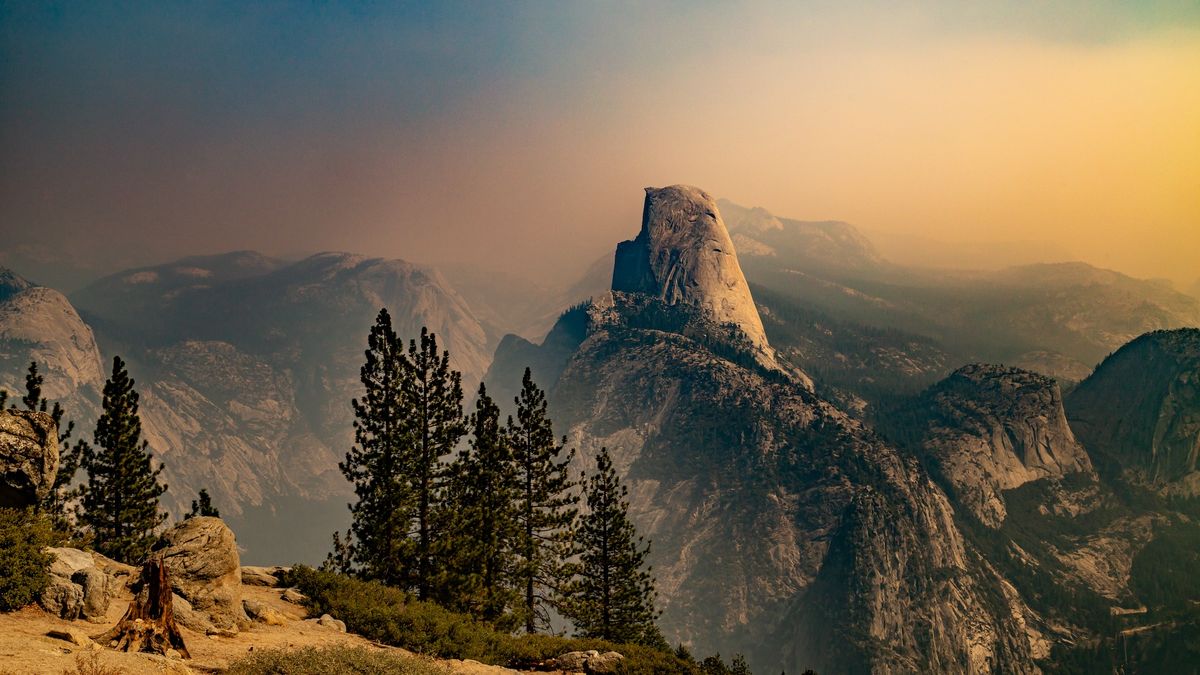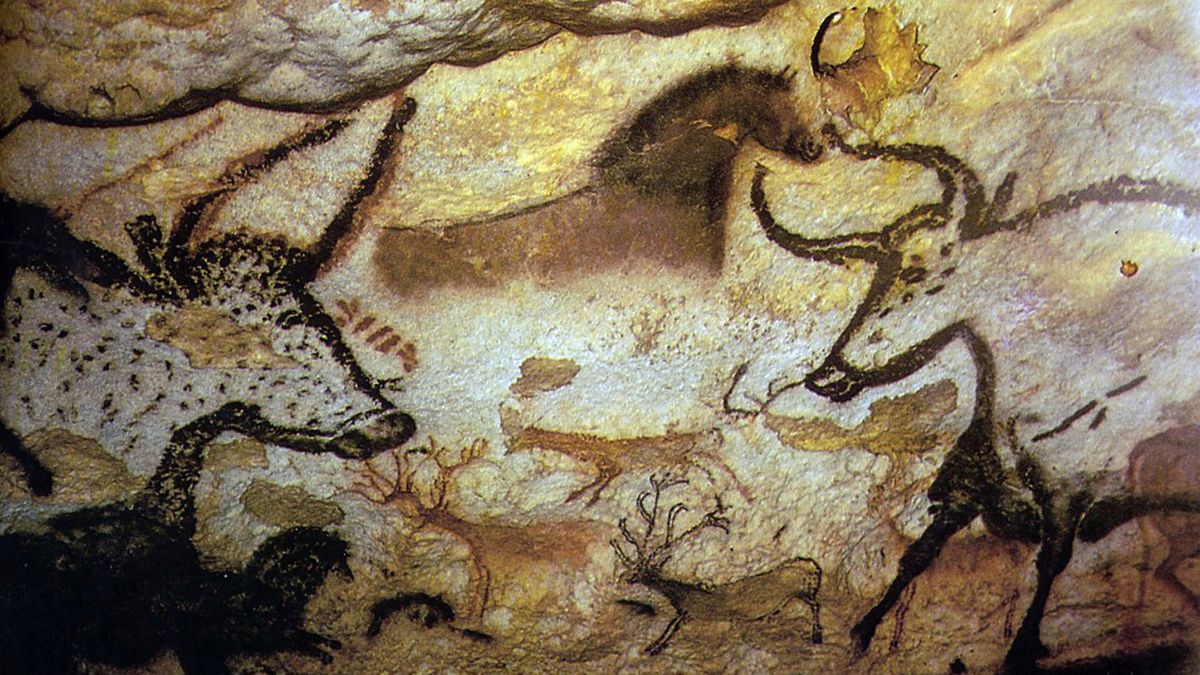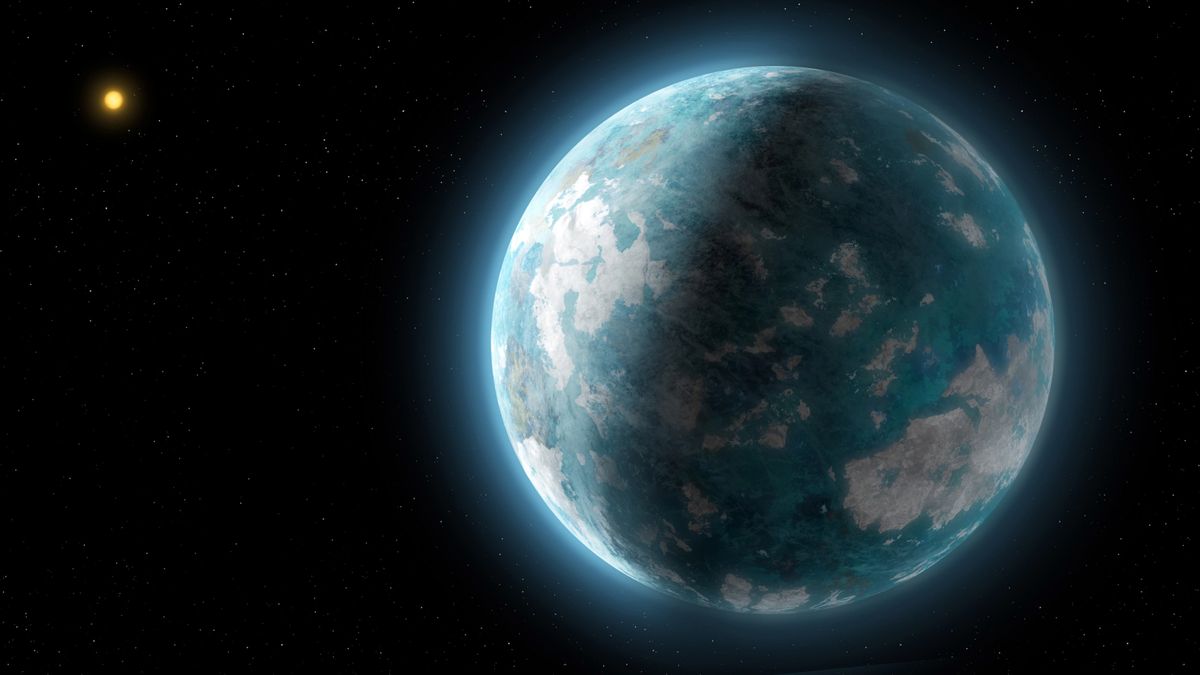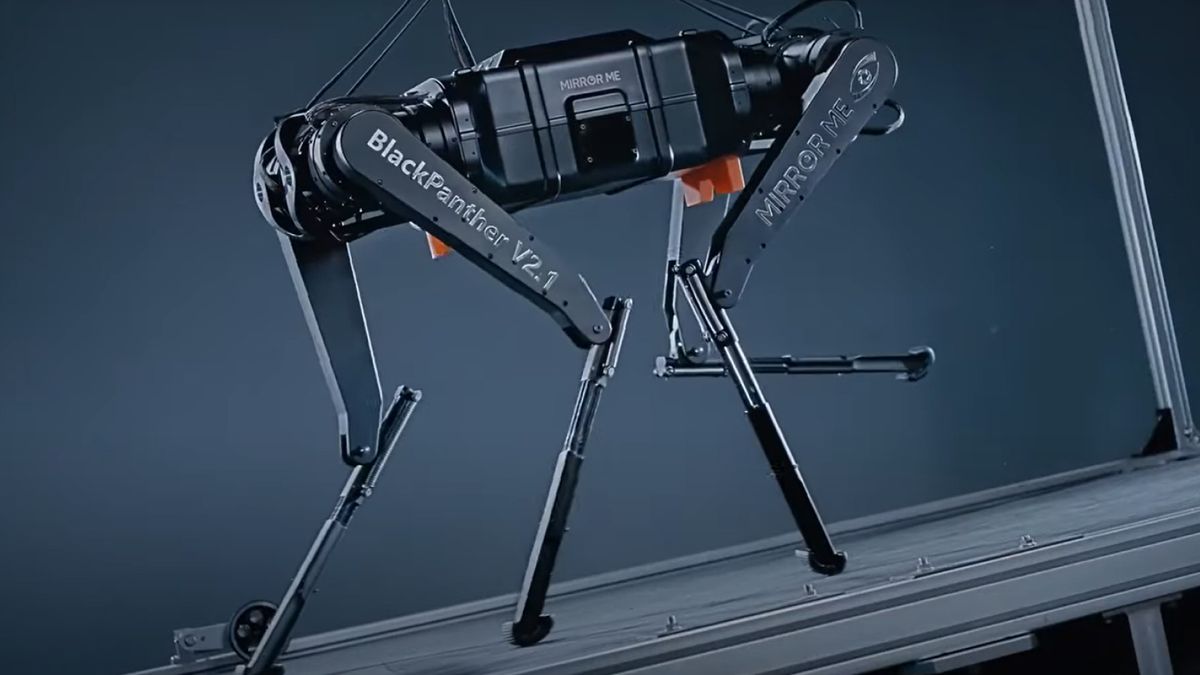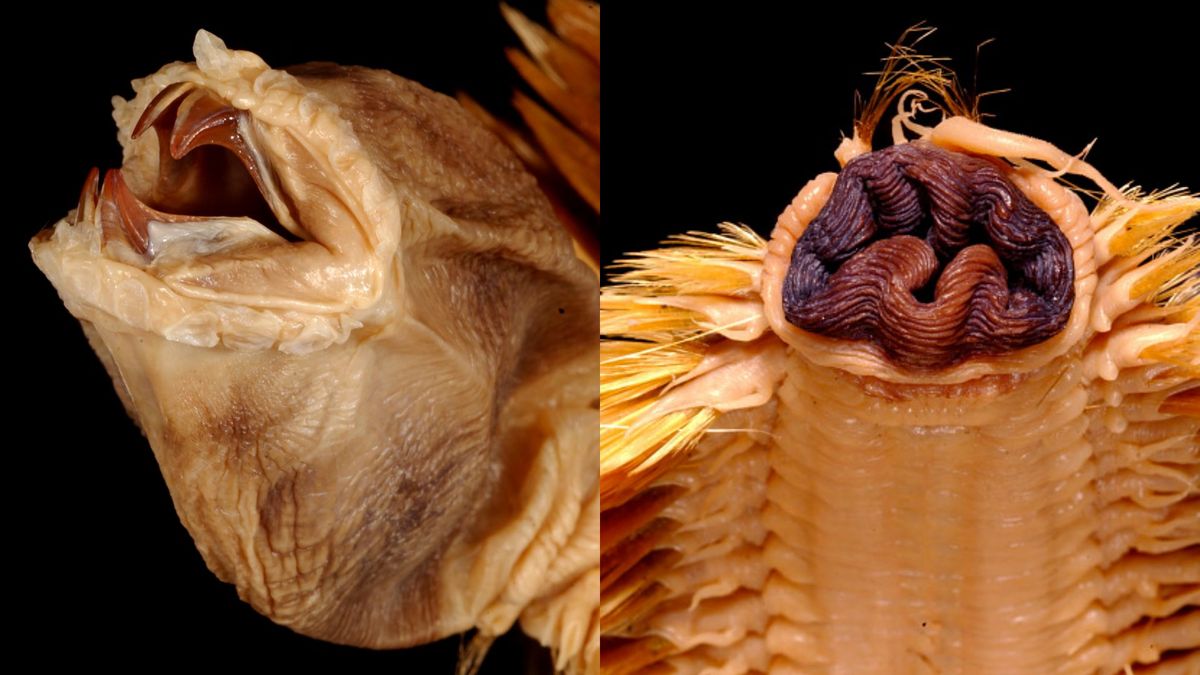Beneath California’s Sierra Nevada mountains, the crust is peeling away.
This process, called lithospheric foundering, is nothing to worry about. In fact, it may be how the continents first formed. Continental crust sits higher and lasts longer than oceanic crust because it’s less dense. Foundering might be the way lighter materials in the crust separate from heavier materials, creating the continents upon which all terrestrial life depends.
A new study now finds that this process is happening right now under the Sierra Nevada. Under the southern section of the mountain range, the lithosphere —the upper part of Earth’s mantle and part of the crust — has already peeled away and sunk into the deeper mantle, according to the new research. The lithosphere under the central Sierra is currently peeling, while the process hasn’t yet made it to the northern end of the mountain range.
“You could be standing in the Sierras fishing, and there could be this huge layer peeling off beneath you and you don’t even know,” said Vera Schulte-Pelkum, a geoscientist at the University of Colorado Boulder.
There is no sign at the surface that this peeling is occurring. But researchers had previously noticed bizarrely deep earthquakes under the Sierras, with tremors of magnitudes 1.9 to 3.2 occurring more than 25 miles (40 kilometers) down. That’s odd, Schulte-Pelkum told Live Science, because rocks at that depth are typically warm and pressurized, meaning they tend to deform without breaking and releasing seismic waves.
Schulte-Pelkum and her co-author, University of California San Diego seismologist Deborah Kilb, looked at earthquake records in the region from 1985 to 2023. They used the waves from these earthquakes to glean information about the deep crust and upper mantle below the mountains. They honed in on a measurement called anisotropy, which reveals a difference in the way waves travel depending on which direction they’re coming from. This can reveal information about the orientation of rock.
The results revealed a layer between 25 and 43 miles (40 to 70 km) deep where the rocks are shearing away from the crust above. In the southern Sierra, near Sequoia National Park, this layer was gone, and in the northern Sierra, around Lake Tahoe, it wasn’t sheared off. But in the central Sierra, under Yosemite National Park, the layer is actively falling into the mantle.
apsPrevious research had hinted that this peeling might have happened below the southern Sierra 3 million or 4 million years ago, Schulte-Pelkum said. “Now, we’re saying, ‘I think it’s still going on,'” she said, “so we’re kind of catching it in the act.”
The researchers reported their findings in December in the journal Geophysical Research Letters. The same continental-crust building process might be happening elsewhere in the world, Schulte-Pelkum said, including in New Zealand, on the Anatolian plateau in Turkey, and in the Carpathian Mountains in eastern Europe..
“We could go and look for this in a number of other places where people have proposed that maybe the lithosphere used to be thicker and has peeled off now,” she said.





